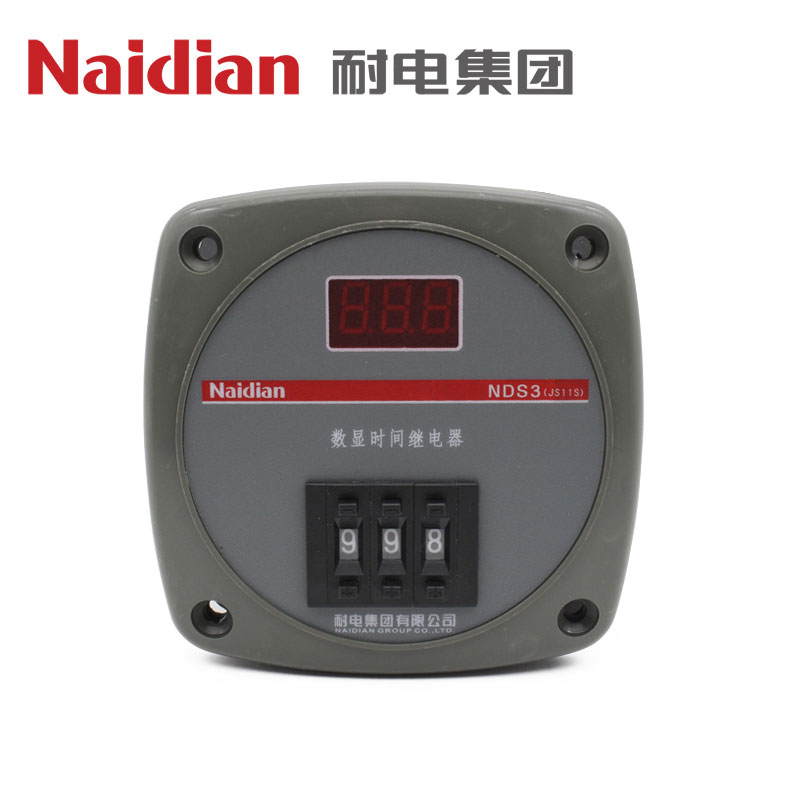What is a timing relay?
A timing relay, also called a time delay relay, is an electromechanical or solid - state device. Its core function is to create a time gap between receiving an input signal and activating its output contacts. The time delay can vary greatly, from milliseconds for quick - response applications to hours for more long - term control scenarios. They are vital in numerous industries, ensuring that electrical components operate in the right sequence and for the appropriate duration, thus enhancing system efficiency and reliability.

Working Principle of Digital Time Relay
A digital time relay replaces mechanical components with electronic circuits, leveraging digital technology to achieve more accurate and programmable timing functions. Here’s how it works:
1. Core Components
Input Circuit: Receives control signals (e.g., voltage from a switch or sensor).
Timing Circuit: Uses a crystal oscillator or RC circuit to generate precise clock pulses.
Microcontroller/Processor: Processes input signals and manages the timing logic.
Output Circuit: Switches the load (e.g., motor, lamp) based on programmed timing parameters.
2. Operation Flow
When the input signal is triggered (e.g., a button is pressed), the relay starts counting time using its internal oscillator.
The microcontroller converts clock pulses into digital values, comparing them to the preset delay time stored in memory.
Once the elapsed time matches the preset value, the output circuit activates or deactivates the connected load.
3. Key Advantages
High Precision: Digital relays achieve accuracy within ±0.1% of the set time, far exceeding mechanical relays.
Programmability: Users can adjust delays via buttons, potentiometers, or software interfaces.
Versatility: Supports multiple timing modes (e.g., on-delay, off-delay, interval, and cyclic operation).
Applications of Digital Time Relay
1. Industrial Automation: Used to manage the operation of machinery like conveyor belts and robotic arms, ensuring they start and stop precisely as required for seamless production processes.
2. HVAC Systems: Controls the operation of fans, pumps, and compressors. By optimizing the on - off timings, it helps in reducing energy consumption and maintaining comfortable indoor conditions.
3. Lighting Control: Enables the creation of various timed lighting effects. For example, dimming lights in the evening, fading them on in the morning, or automatically switching them on and off at specific times of the day.
4. Motor Control: Manages the starting and stopping of motors. This helps prevent motor overloads and protects the motors from potential damage, extending their lifespan.
How to Test a Digital Time Relay
Using a Multimeter: Measure the resistance of the output contacts before and after the expected time delay. If the resistance changes from an open - circuit (high resistance) state to a closed - circuit (low resistance) state after the time delay elapses, it suggests that the digital time relay is functioning correctly.
Using an Oscilloscope: Monitor the voltage waveform of the output contacts during the time delay. This method can reveal whether the time delay is accurate and if there are any irregularities, such as abnormal spikes or glitches in the waveform, which could indicate a problem with the relay.
Conclusion
Digital time relays are indispensable in modern automation, offering precision, programmability, and reliability.As technology advances, digital relays continue to evolve, supporting smarter and more energy-efficient solutions across industries.

